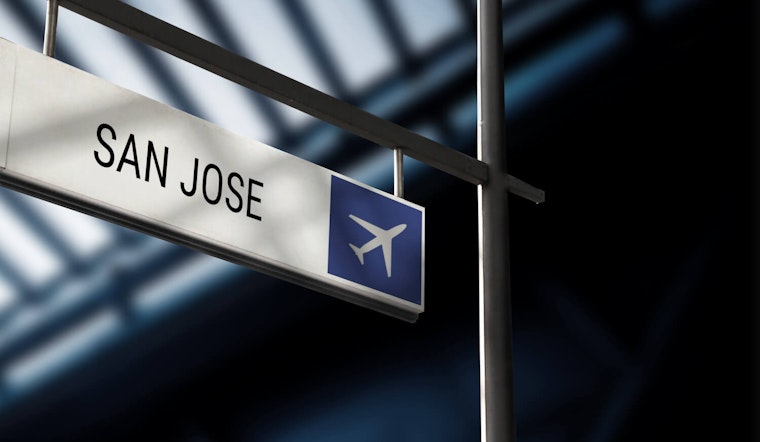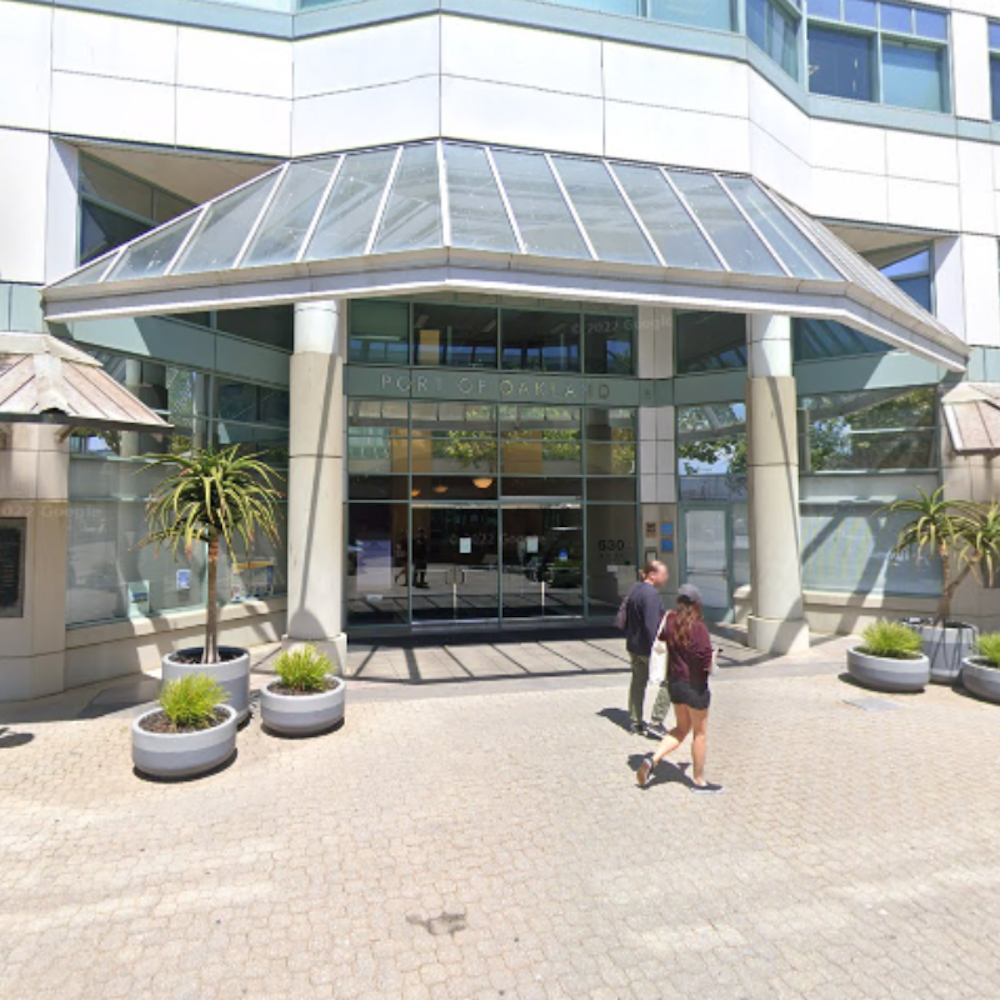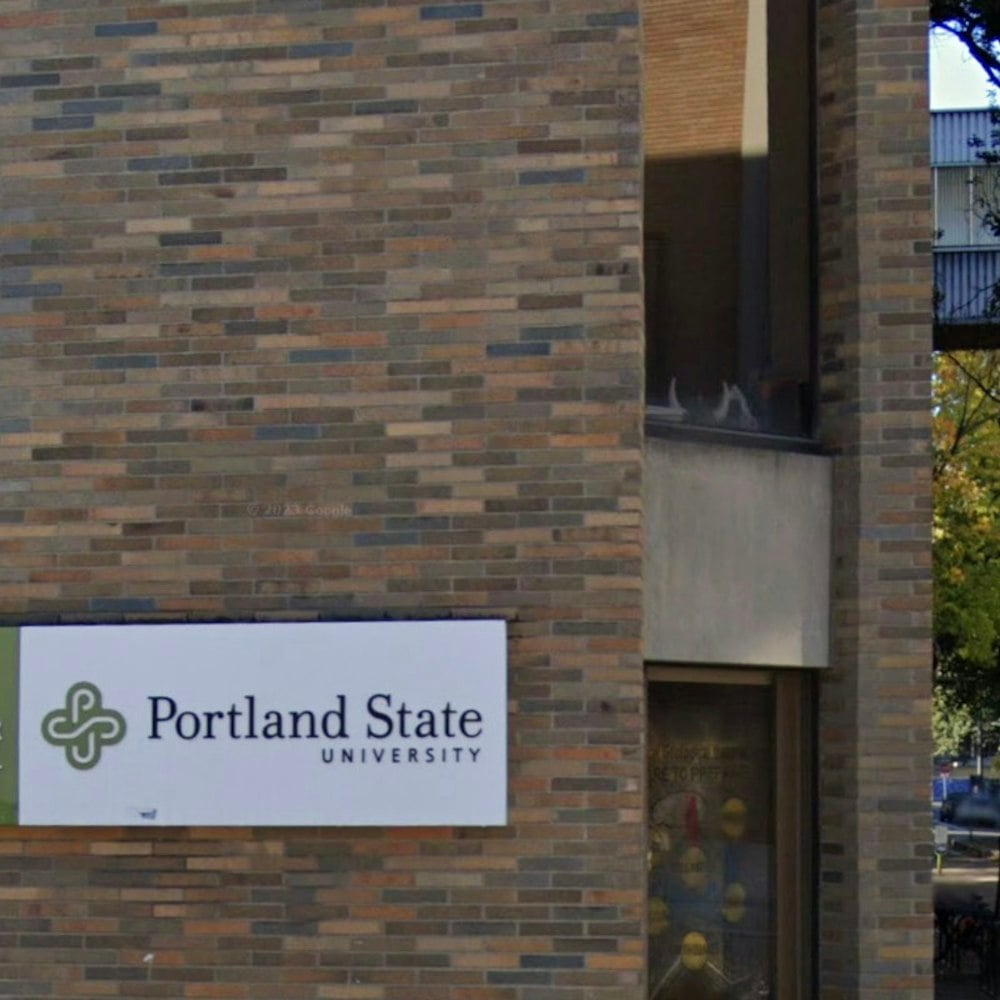
According to the Mercury News, San Jose International Airport has recently hit a significant milestone: averaging one million passengers per month over the past year, a benchmark that was absent since the coronavirus outbreak in 2020. The airport saw a 6.3% increase over the calendar year of 2022. The passenger total for the most recent one year period, however, remains 23.1% below its record-high level achieved in 2019 - this tells an interesting tale of the aviation industry's arduous path to recovery in the Bay Area.
It's not just San Jose International Airport experiencing the struggle to regain pre-pandemic passenger activity. Similarly, San Francisco International Airport managed to reach 70,000 travelers on two separate weekdays in May 2023, a significant milestone not seen in three years. Commemorating the start of the summer travel season, SFO officials anticipated servicing around 140,000 passengers on May 26, despite passenger traffic tracking at 84% of pre-pandemic levels during the winter of 2023.
As for public transit agencies like Caltrain and Muni, their ridership recovery has been similarly slow, with Caltrain reaching only 26% of its pre-pandemic numbers and Muni hitting 67% of their pre-pandemic levels on weekends and 54% on weekdays.
Despite the continued push for a return to normalcy, many factors have contributed to the slow recovery in passenger activity. Airports and public transit agencies have had to adapt to new travel patterns, accommodate increasing numbers of essential workers, and invest in expanding the capacity, reliability, and speed of various transit modes - this problem is not unique to the Bay Area, as major metropolitan areas around the globe face similar challenges.
Innovation may prove to be the key for a sustainable recovery in the travel industry. Transit agencies like Caltrain have been postponing fare increases and offering low-income riders half off their fares, whereas the SFMTA invested in increased frequency of buses and transit-only lanes.









